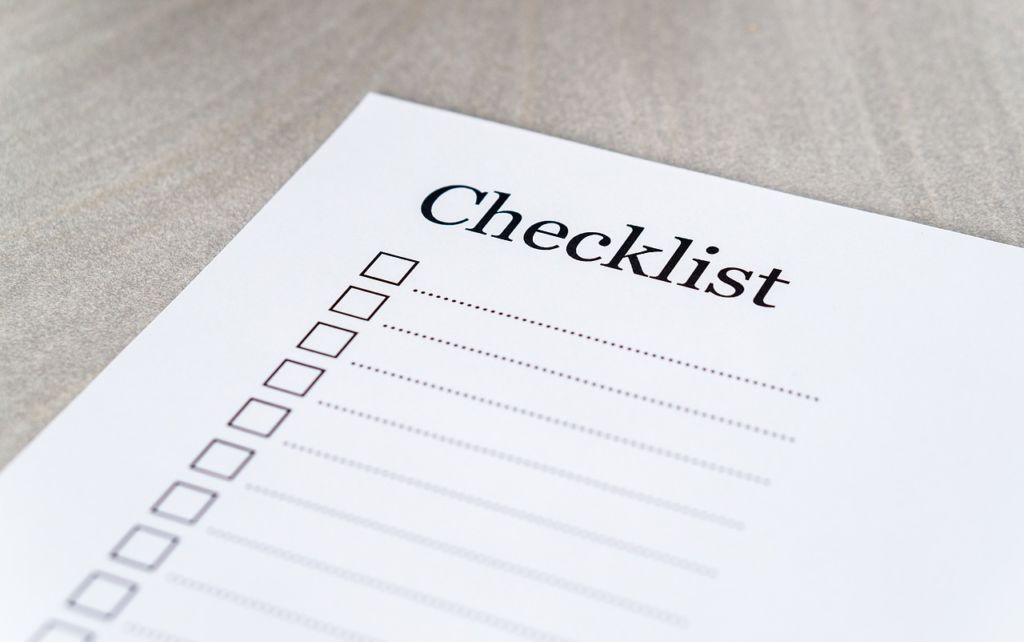Switching gateway providers is actually quite simple. It varies by provider but the goal is to integrate your new gateway securely, quickly and with minimal fuss.
Your new provider should liaise with your tech team to identify the smoothest route to launch. Each provider will have a slightly different process, but they generally involve the same key steps.
Switching with BlueSnap, for example, happens in two simultaneous phases – the contracting phase and the technical integration phase. We do it this way to eliminate business disruption further down the line.
The contracting phase deals with legal and operational issues, such as business validation and underwriting – a key step in the process that not all payment gateways handle up-front. The technical integration phase is all about the nuts and bolts of completing the switch.
Before you switch payment gateway provider
You’re understandably cautious about switching, so the first step is to make an enquiry. Finding out what other providers have to offer is diligent, whether you decide to switch or not. In our experience, if you’re already thinking about it, your provider might not be doing enough.
Then, arrange a kick-off meeting or call
Once you decide you do want to switch and to whom, you’ll most likely have a kick-off meeting with your new supplier. This is where your transition team will start scoping the project and advising on any steps needed to make the switch as smooth as possible.
Your kick-off meeting should be informal, informative and transparent. BlueSnap introduces new clients to their implementation engineer at this stage. This person is their point of contact for everything going forward. Not every gateway provider is able to provide a single point of contact, so double-check if this happens to be important to you.
Once you’ve agreed to work with a new payment gateway provider, the key switching phases can get underway. Here’s how our process looks.
Switching payment gateway provider – the contracting phase
The contracting phase doesn’t influence the technical integration phase, but it’s best to get as much contracting completed before launch as possible. There are two key elements to the contracting phase.
-
Gateway switching documentation
You’ll need to provide some documentation so your new gateway provider can confirm that your business is in good-standing. For us, this means three months’ worth of processing statements and proof of business beneficiary. The latter here is very important as it helps payment gateways meet their anti-money laundering and anti-fraud obligations.
-
Contracts and underwriting
This stage is crucial. The underwriting process should start as soon as contracts are signed, but that’s not the case with every provider. Some providers outsource underwriting to large banks, who can take a while to get the job done. Other providers auto-approve new customers and temporarily skip underwriting. In some cases, skipped underwriting can lead to your account being frozen further down the line.
BlueSnap handles all underwriting during the contracting phase.It may take a little longer than a ‘rapid approval’ or ‘auto-onboarding’ provider, but once it’s done, it’s done. (Find out here why rapid approvals and auto-onboarding are often too good to be true.)
Technical integration – five steps to launch
-
Sandbox and developer testing
This is your chance to vet new suppliers, get a sense of how your new gateway will look and feel and try out new concepts and functionality. You’ll be able to share this space with your own colleagues so everyone has a thorough understanding of the capabilities and functionality on offer.
-
Set-up
This is where things get real. You can still make modifications and add functionality at this stage, but it’s not as easy as doing so in the developer testing phase.
-
Data integration
Payment and customer data and billing information are ported over from your previous payment gateway provider. A good gateway provider should have no issue migrating all of this data seamlessly, and securely regardless of where it was previously stored.
-
Quality assurance testing
And we’re nearly there…The scope of QA testing is down to you. You can spend as much or as little time as you like testing your new payment gateway, although time required would typically depend on the complexity and functionality of your gateway solution. In some cases, an afternoon of testing at your end is enough to get you up and running.
-
Launch
Once testing is complete, your provider should begin sending small amounts of traffic through your new payment gateway. This is to assess that everything is working smoothly across your site. Once the integration team is satisfied that your new gateway can handle the traffic, they’ll ramp it up until it’s at full capacity, then they’ll switch off your old gateway.


